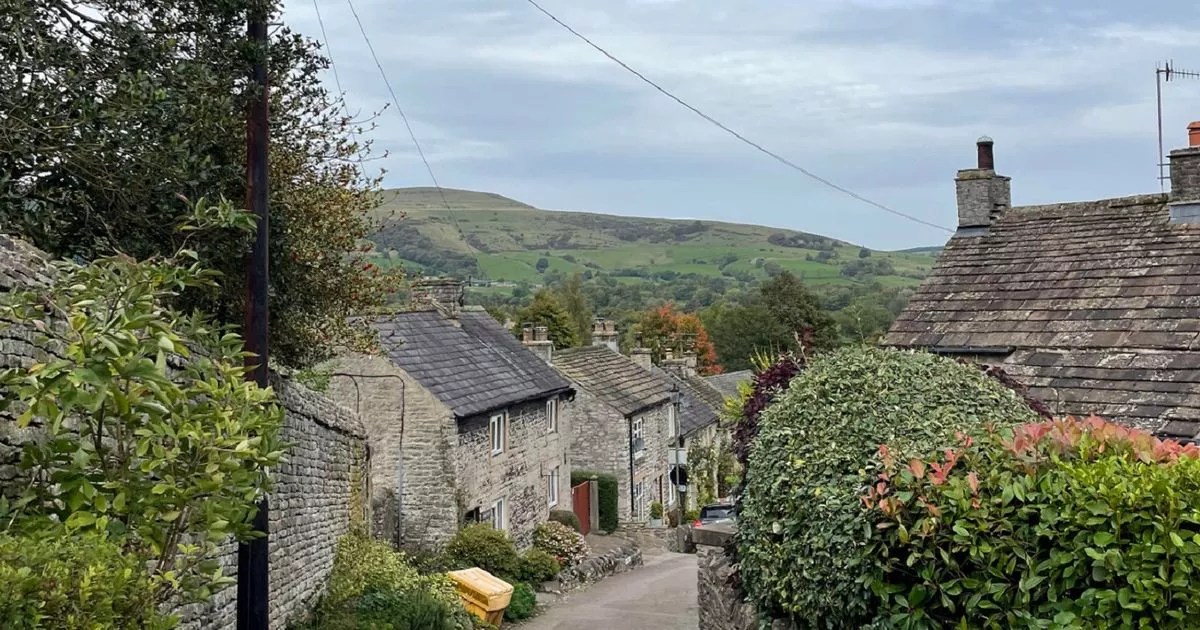Locals of the beautiful village in the heart of the Peak District National Park are outraged by a post-pandemic boom in tourists causing a host of problems
09:47, 06 Jul 2025Updated 09:55, 06 Jul 2025
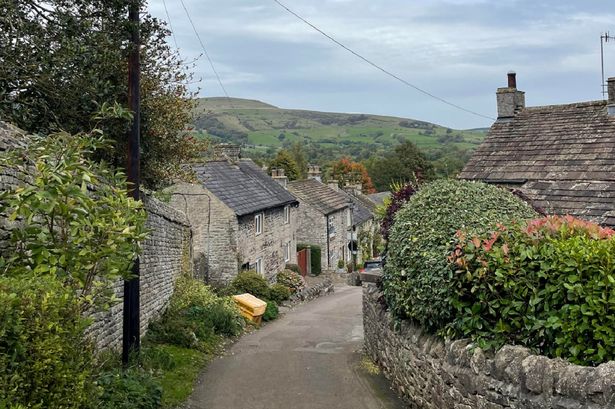 People living in Castleton,say TikTok has led to a “mad” surge in tourists
People living in Castleton,say TikTok has led to a “mad” surge in tourists
Residents of a beautiful Peak District village say tourists are ruining the area by parking irresponsibly, leaving litter, and even dumping human waste.
People living in Castleton, located next to Mam Tor, a hill in Derbyshire, say TikTok has led to a “mad” surge in tourists after the pandemic.
However, they say many tourists leave behind piles of dog poo bags, as well as ignoring paths and eroding the iconic countryside spot.
Locals are calling for better public transport in the area, and that those vising the area need to be better educated about respecting the countryside.
A councillor has suggested rolling out a “ULEZ”, similar to the system overseen by Sir Sadiq Khan in London, which would impose a fee on drivers entering the village.
Hotel owner Rick Ellison, 40, said: “I think my opinion is it’s always been the case that if you move to a beautiful area and it’s been a tourist trap for hundreds of years, you have to get used to that.”
“The thing people seem to get offended by is the influx of motorhomes. It doesn’t bother me too much, but we had to stop doing motorhome stopovers because it was unfair on team members removing human s***. You just shouldn’t have to do that.”
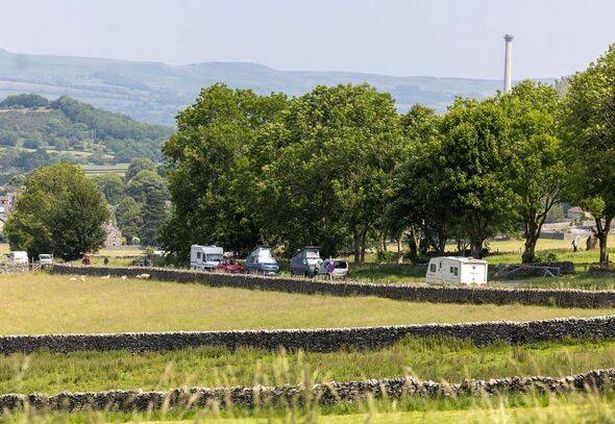 Some campervanners and motorhome owners allegedly leave their human waste behind (Image: Rowan Griffiths / Daily Express)
Some campervanners and motorhome owners allegedly leave their human waste behind (Image: Rowan Griffiths / Daily Express)
He told the Express: “You get some wonderful people, but it’s the few that ruin it. It won’t take you long before you’re walking around and there’s human cr*p all over the place. That’s what people whinge and tell me about.”
Ellison also recalled a recent incident where a dog attacked a farmer’s lamb.
John Search, 61, an employee at The Peak Hotel and a resident of the area for 15 years, says the area “is the best part of England”. However, the Liverpudlian noted: “These villages weren’t build for 21st century cars. One big SUV blocks two lanes of traffic. It’s the numbers and selfishness of the drivers.”
Despite this, Search acknowledged that most tourists are “decent people”, yet some leave behind litter, dog mess, and “bags of human s***”.
“It ruins it,” he added. “But then, if you get rid of these tourists, bang goes all the jobs. We obviously welcome people. It’s the area, it’s the industry. But I see first hand the ‘as long as I’m alright, sod everyone else’ mentality. People do it in the cities, they do it everywhere. TikTok over the last two years has made it mad.”
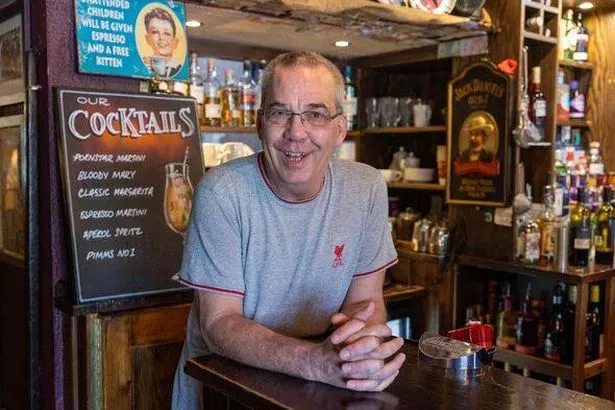 Liverpudlian John Search says he is living in the best part of England (Image: Rowan Griffiths / Daily Express)
Liverpudlian John Search says he is living in the best part of England (Image: Rowan Griffiths / Daily Express)
He also pointed out that local transport could be better to reduce reliance on cars in Castleton. “Trains get here 10 minutes after buses depart,” he observed. “Then you have to wait 50 minutes.”
He proposed that an additional car park might alleviate some of these issues, but admitted “there’s a lot of red tape and bureaucracy”.
David Greene, 60, originally from Sheffield, says has been coming to Castleton for four years on and off, and moves around the country. He expressed frustration at those who litter, particularly those who hang dog poo bags in trees. “It’s not just here; it’s everywhere, and its not just van people, it’s cars. They have their McDonald’s and just chuck it out the window,” he said.
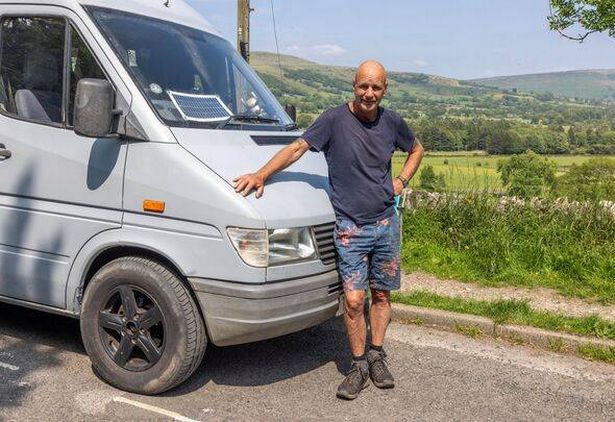 Campervan owner David Greene says tourists leave litter behind(Image: Rowan Griffiths / Daily Express)
Campervan owner David Greene says tourists leave litter behind(Image: Rowan Griffiths / Daily Express)
Val Grant, 55, an employee at the village’s Old Apothecary Shop, also voiced her concerns. She said: “People are parking where they shouldn’t be parking and blocking right of way. They don’t realise, well, I hope they don’t realise, they’re blocking vehicles. It went a bit mad on TikTok, and you get all these groups of people descending on the area because they want a selfie, but not considering the impact they’re having on everyone else.”
“But most people are really nice. It’s lovely, you can’t blame people for wanting to come out and see a bit of countryside. But the litter that’s left, that’s really bad, and dog poo bags. Elderly people go around picking the litter up, but they can’t actually manage [to keep up] at the moment because of the amount being left.”
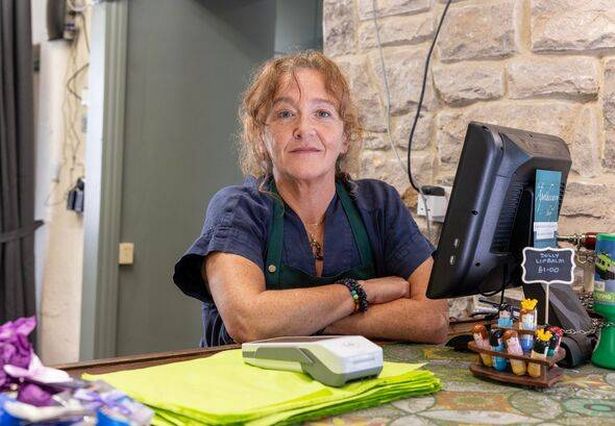 Val Grant works at the Old Apothecary Shop in the village (Image: Rowan Griffiths / Daily Express)
Val Grant works at the Old Apothecary Shop in the village (Image: Rowan Griffiths / Daily Express)
Local parish councillor Jane Simm pointed out alternatives for visitors, expressing: “It’s finding that balance. It’s a pity that they don’t realise that the national park is not just about Castleton.”
The resident of 33 years also suggested there “could be some joined up thinking about public transport”, noting that “car is still king”.
Councillor Angela Darlington, a resident of 45 years, made a plea for tourist consideration: “We really need the visitors to spread out [and] go to other places. We don’t have the capacity at times. There are plenty of lovely places in the Peak District. In the summer it’s just chaos – there isn’t enough parking.”
She also highlighted the role of social media in the influx of visitors, saying TikTok is “uncontrollable”. She added: “Mam Tor is constantly being eroded by the thousands going up there. The National Trust is working overtime to keep people on the path, but they won’t stay on the path, no matter how wide you make it. There’s litter left all the way out of the village, and there are pile ups of poo bags at gates very often.”
District councillor Charlotte Farrell expressed her concerns about the ecosystem, stating that it “can’t take it in some areas”, and highlighted the national park’s inadequate staffing. She drew a comparison with the British Museum, which welcomes 5.8 million visitors annually, generates £120 million in revenue, and employs 1,000 staff members.
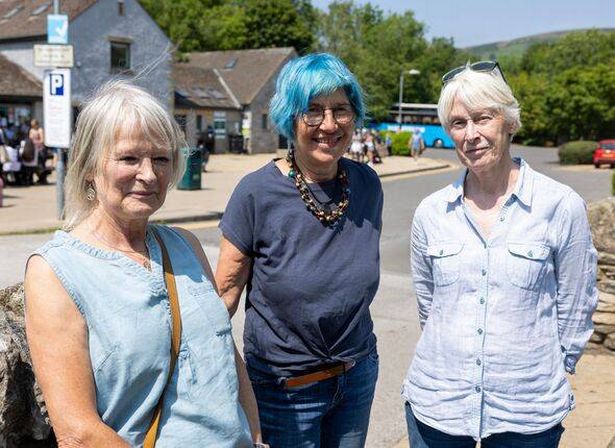 Councillors have said the number of tourists is having negative impacts (Image: Rowan Griffiths / Daily Express)
Councillors have said the number of tourists is having negative impacts (Image: Rowan Griffiths / Daily Express)
In contrast, the Peak District attracts twice as many tourists but operates on a significantly lower budget of £7 million and has fewer than 280 staff members.
Coun Farrell proposed a potential solution, suggesting the implementation of a “ULEZ” (Ultra Low Emission Zone) similar to the system introduced by Sir Sadiq Khan in London. This would involve charging tourists for using their cars, with the revenue generated being reinvested in the park.
“We have all these day visitors [including from Manchester in the north and the Midlands to the south], and a lot don’t contribute towards the park. People don’t have to spend anything.”
A spokesperson for Derbyshire County Council said: “We are fortunate in Derbyshire to have continued to invest in bus services, and were awarded £47 million from the Government to improve them. A significant amount of this money has been spent on rural bus services.
“Castleton is well catered for in terms of bus services. The 62 route operates from Buxton to Castleton via Edale seven days a week, three times daily. Visitors from Sheffield and Manchester can take the train to Buxton or Edale and then catch the bus to Castleton.
“The 173 service runs from Bakewell to Castleton. Visitors from Derby can take the Transpeak to Bakewell and switch buses there. The 272 operates from Sheffield to Castleton seven days a week with up to 11 buses a day in each direction. There’s a weekly bus service, the 87 from Holmfirth to the village with one trip, and the 87a from Castleton – Mam Tor, offering four round trips. Additionally, the Peak Sightseer provides visitors with a loop tour from Chatsworth on an open-top bus during peak summer periods.
“Some bus services connect with trains more quickly than others, but we strive to make the transition from trains to buses as seamless as possible. Train schedules can change biannually, making this a challenging task to consistently achieve.”
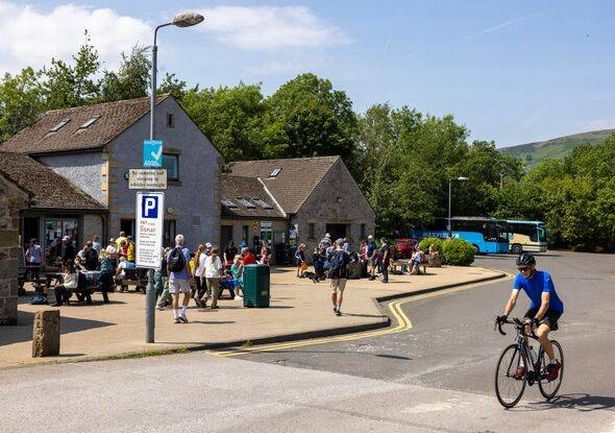 Castleton has its own visitor centre and car park (Image: Rowan Griffiths / Daily Express)
Castleton has its own visitor centre and car park (Image: Rowan Griffiths / Daily Express)
Godfrey Claff, Executive Councillor for Community Safety and Planning at High Peak Borough Council, said: “The High Peak is beautiful and we welcome individuals who wish to come and appreciate our stunning landscapes, countryside, and towns and villages – but we do require visitors to act responsibly whilst here. This includes considerate parking, not leaving litter behind, and being aware of the impact their visits can have on the people and places they visit.
“We are aware of the pressures felt by communities like Castleton and we are working with partners, including the police, the county council and the Peak Park, to help raise awareness of these issues and encourage people to plan before they come so they are familiar with the parking, provision of public toilets and other amenities in the places they are visiting. We carry out year-round campaigns to educate people and encourage responsible visits and we’ve recently adopted a Public Spaces Protection Order banning the lighting of barbecues, fireworks, sky lanterns and the like on land at high-risk of wildfires and will continue to support our local villages and tourist hot-spots with these issues.”
A spokesperson for the Peak District National Park said: “We are aware of increasing concerns from residents, businesses, landowners and visitors regarding disruptive or illegal parking in some of the Peak District’s most popular locations.”
It adds on its website: “Car parking capacity has been discussed at high level meetings between the national park, highways authorities including Derbyshire County Council, the police and other local landowners.”
In a broader move to enhance rural living standards, ministers have pointed to the Bus Services Bill currently progressing through Parliament, which is set to introduce new measures for managing bus services in rural areas, fulfilling the Government’s commitment to improving living conditions nationwide.
The East Midlands has recently been granted over £2billion in funding to support buses, trams and local train infrastructure until the 2031/32 period. The responsibility of distributing this across the region lies with the East Midlands Combined County Authority (EMCA).
For the 2025/26 financial year, the EMCA has also been allocated £40.5million through the Local Authority Bus Grant.
